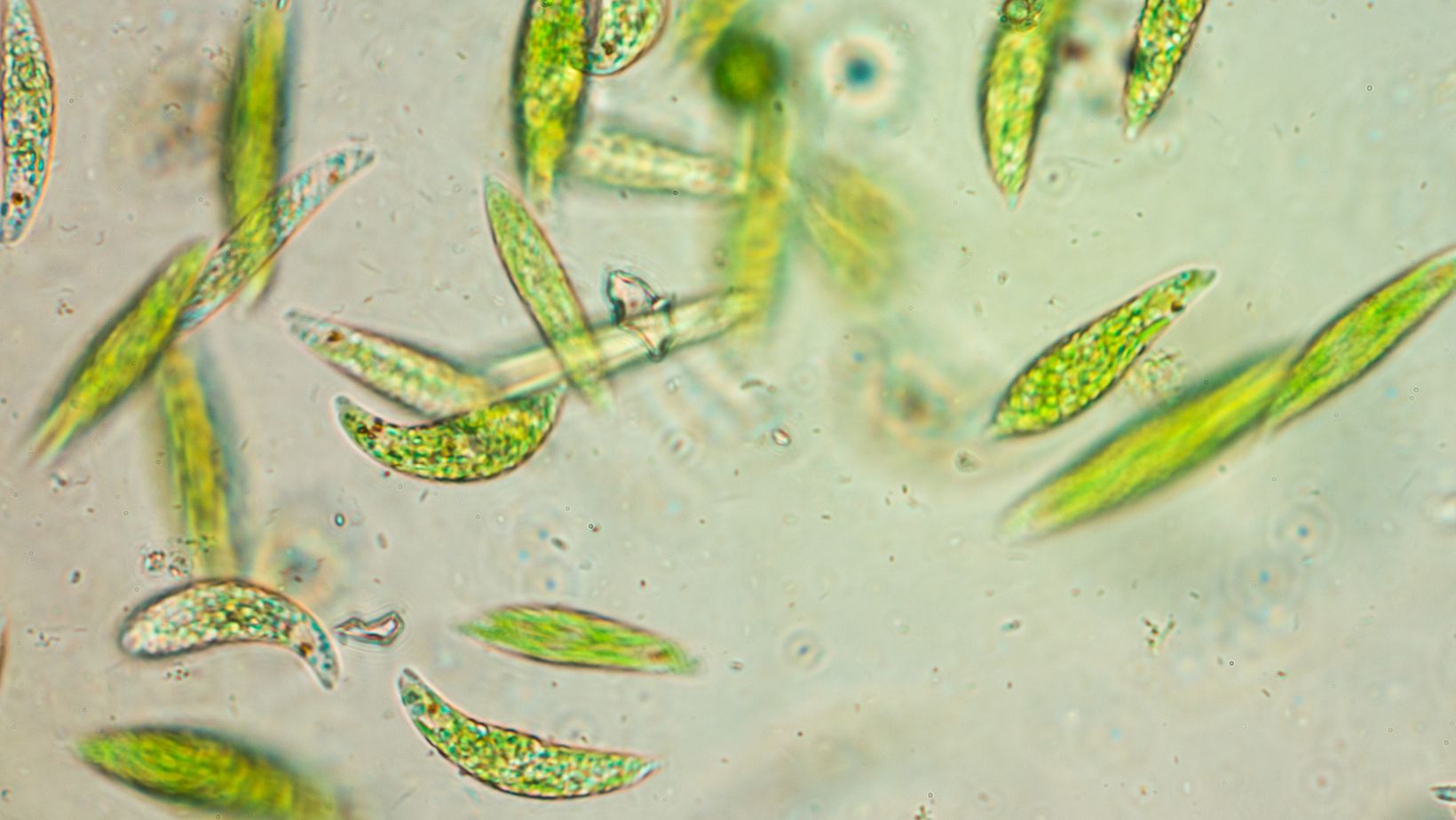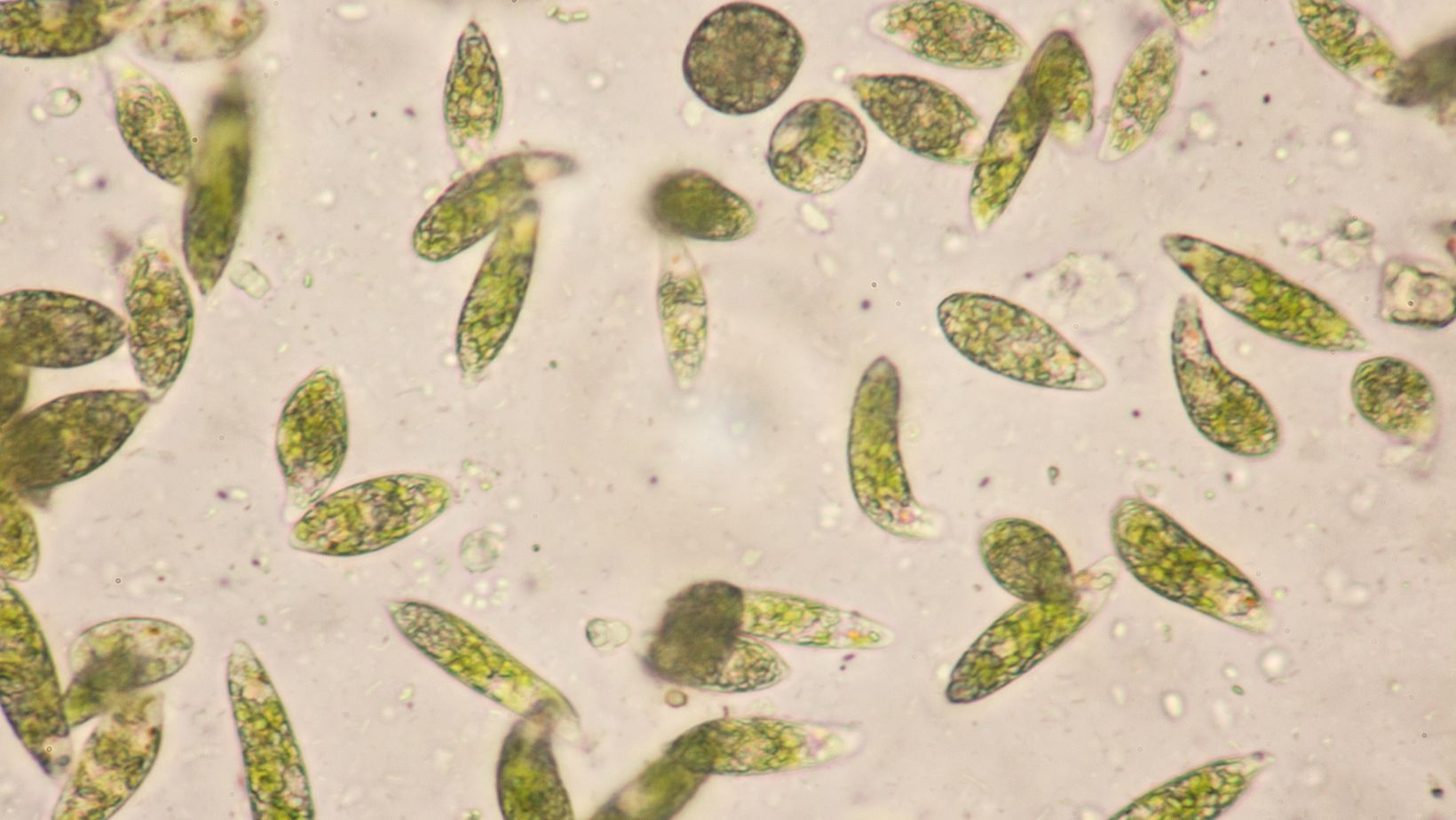Viruses and eukaryotic cells are two distinct entities in the world of biology. While both are microscopic in nature, their structures, functions, and modes of replication differ significantly. Understanding the differences between viruses and eukaryotic cells is crucial in comprehending the mechanisms of infection and the development of potential treatments.
First and foremost, viruses are not considered living organisms. They are composed of genetic material, either DNA or RNA, surrounded by a protein coat called a capsid. Unlike eukaryotic cells, viruses lack the necessary components for independent survival and reproduction. Instead, they rely on infecting host cells to replicate and produce new viral particles.
On the other hand, eukaryotic cells are the building blocks of complex organisms. They are characterized by a well-defined nucleus, membrane-bound organelles, and a variety of specialized structures. Unlike viruses, eukaryotic cells are capable of carrying out all the necessary functions of life, including metabolism, growth, and reproduction. They can exist as single-celled organisms, such as protists, or as part of multicellular organisms, like plants, animals, and fungi.
How Are Viruses Different From Eukaryotic Cells?
What are Viruses?
Viruses are unique entities in biology that fall into a gray area between living and non-living things. They are made up of genetic material, either DNA or RNA, surrounded by a protein coat called a capsid. Some viruses also have an outer envelope made of lipids. Viruses cannot carry out any life functions on their own and rely on infecting host cells to replicate.
What are Eukaryotic Cells?
Eukaryotic cells, on the other hand, are the building blocks of complex organisms, including plants, animals, and humans. They are a type of cell that contains a nucleus, which houses the genetic material, and other organelles that carry out specific functions within the cell. Eukaryotic cells are much larger and more complex than prokaryotic cells, which are the simplest form of cells.
Now that we have a basic understanding of what viruses and eukaryotic cells are, let’s dive into the key differences between them.
- Viruses are not considered living organisms, while eukaryotic cells are.
- Viruses cannot carry out any life functions on their own, such as metabolism or reproduction, while eukaryotic cells can.
- Viruses do not have a cellular structure and lack organelles, while eukaryotic cells have a defined structure and contain various organelles.
- Viruses rely on infecting host cells to replicate, while eukaryotic cells can replicate on their own through cell division.
Now that we have explored how viruses and eukaryotic cells differ, let’s move on to discuss the similarities between them in the next section.

Structure and Organization
Structure of Viruses
Viruses have a simple structure compared to eukaryotic cells. They consist of a genetic material, either DNA or RNA, surrounded by a protein coat called a capsid. Some viruses also have an outer envelope made up of lipids. The genetic material contains the instructions for replication and hijacking host cells.
Viruses lack the complex cellular machinery found in eukaryotic cells. They do not have a nucleus, mitochondria, or other organelles. Instead, viruses rely on host cells to provide the necessary machinery for replication. Once inside a host cell, viruses use their genetic material to take control and force the host cell to produce more viral particles.
Structure of Eukaryotic Cells
In contrast to viruses, eukaryotic cells have a more complex and organized structure. They are enclosed by a cell membrane that separates the cell from its surroundings. Eukaryotic cells have a distinct nucleus that houses the genetic material in the form of chromosomes. The nucleus is surrounded by a double-layered nuclear membrane, which acts as a protective barrier.
Within the cytoplasm of eukaryotic cells, various organelles perform specific functions. These organelles include mitochondria, which produce energy through cellular respiration, and the endoplasmic reticulum, responsible for protein synthesis and lipid metabolism. Eukaryotic cells also contain a Golgi apparatus, which modifies, sorts, and packages proteins for transport.
Unlike viruses, eukaryotic cells are capable of self-replication and maintaining their own metabolism. They can synthesize proteins, produce energy, and carry out necessary life functions independently. Eukaryotic cells are the building blocks of complex organisms, such as plants, animals, and fungi.
Eukaryotic cells and viruses differ greatly in their structure and organization. While viruses are simple and rely on host cells for replication, eukaryotic cells are complex and self-sustaining. Understanding these differences is crucial in studying the biology and behavior of viruses and eukaryotic cells.

